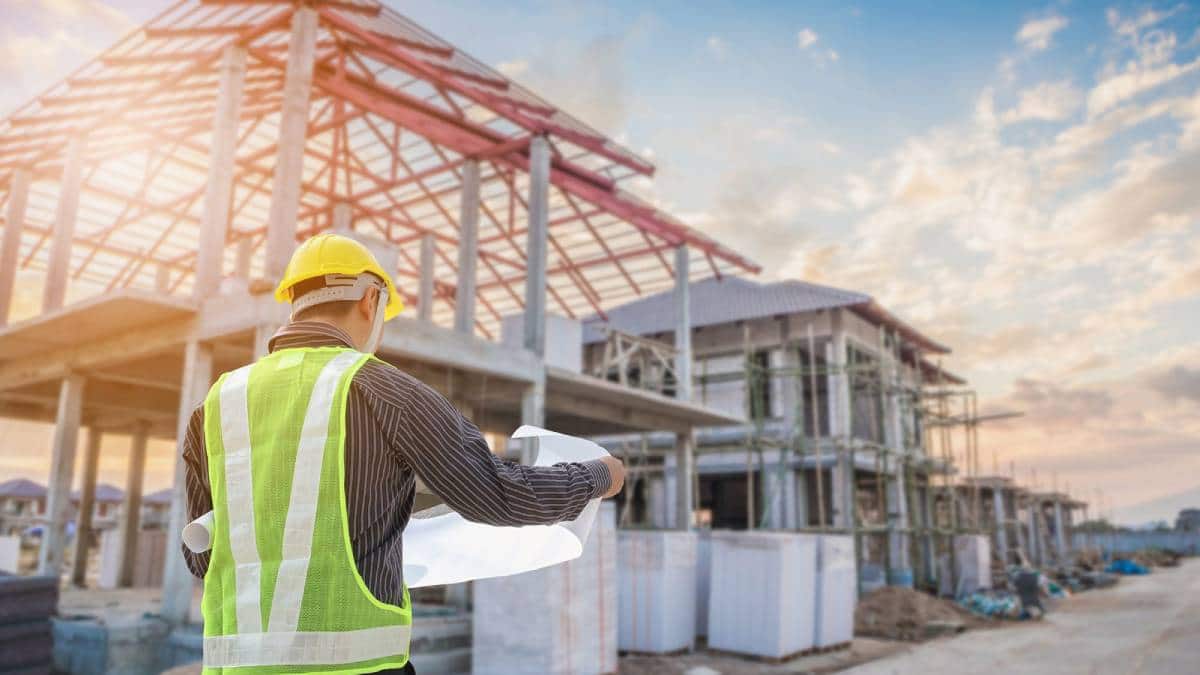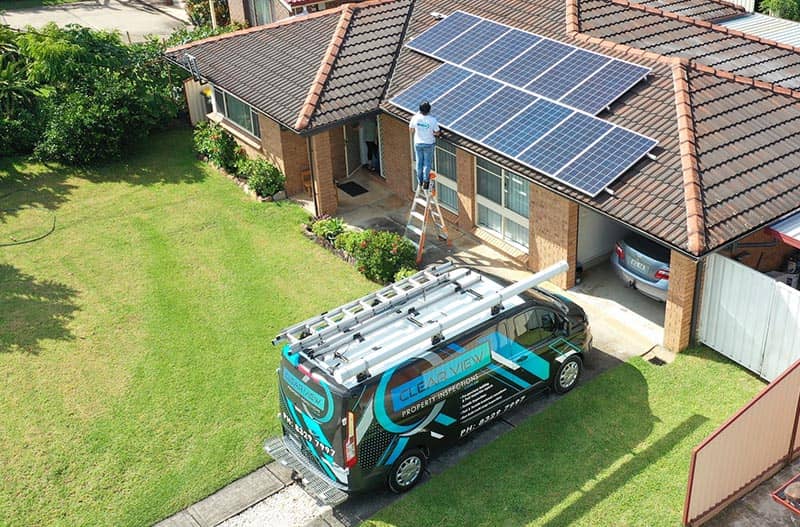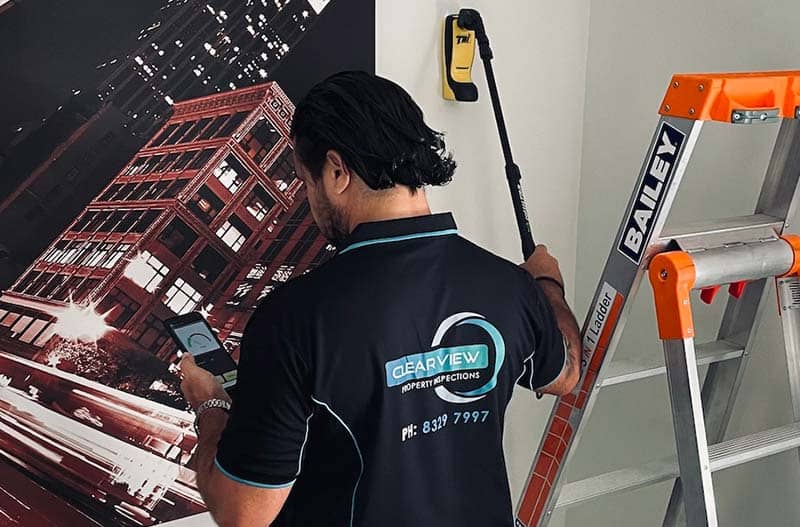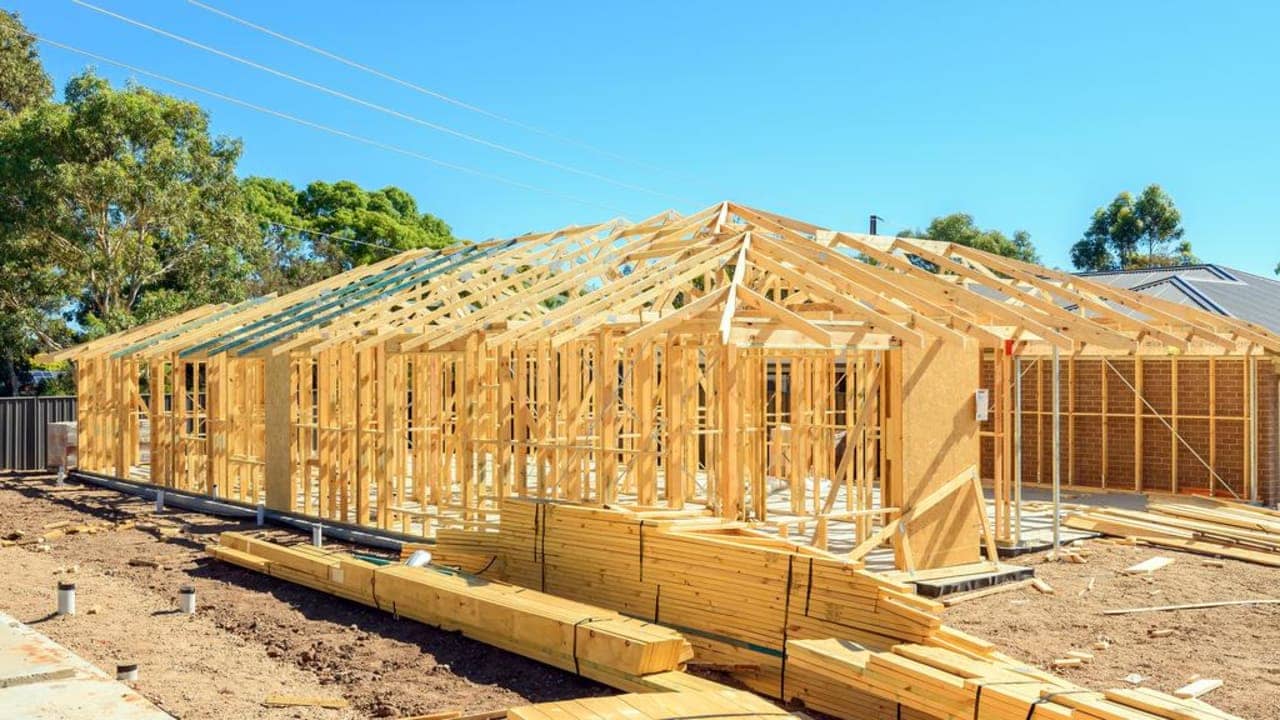Sydney
Sydney Building Inspection Services
In a rush? Send through an urgent Sydney building inspection request here.
Pre-Purchase Building Inspection
This inspection is done before a property is purchased in Sydney. It identifies any existing or potential issues that might not be visible to the untrained eye, such as structural defects, pest infestations, and moisture-related problems.
Pre-Sale Building Inspection
Like a pre-purchase inspection, property sellers conduct this inspection to address issues before listing their property for sale, ensuring transparency and potentially enhancing its marketability.
New Construction Inspection
These inspections occur during construction to monitor compliance with building codes and standards in Sydney, ensuring the property is built safely and satisfactorily.
Dilapidation Inspection
This type of inspection is often carried out before construction or development occurs on adjacent properties to assess and document the condition of neighbouring properties. It helps prevent disputes by providing a baseline for any potential damage claims.

Sydney Building and Property Industry is vital for employment and infrastructure development.
Sydney Construction and Property Inspection
Sydney’s construction and property industry encompasses residential and commercial markets, infrastructure development, and construction projects. Building diagnosis involves assessing the state of a building and estimating its deterioration. Inspection services are essential for identifying defects or damage that may compromise safety. The data gathered during inspections is crucial for making maintenance decisions.
Inspections also support providing high-quality workspaces in a safe, sustainable environment. Additionally, they assess energy efficiency. Sydney’s industry has a history dating back to the early 19th century with ongoing advancements in technology and materials introduced over time.
The construction and property industry in Sydney significantly contributes to the city’s economy, with a mix of small and large players operating. Key participants include builders, architects, engineers, developers, real estate agents, and investors such as Lendlease, Mirvac, Stockland, and Frasers Property. The residential property market faces high demand and low supply due to population growth, low-interest rates, and foreign investment.
In a rush? Send through an urgent building inspection request here.

Sydney Building and Property Industry
Current State of the Industry
Sydney’s construction and property industry is important to the city’s economy, generating substantial revenue and employment opportunities. The residential property market has seen high demand but cooled off in recent years. The commercial property market remains stable with strong demand for various types of properties. The lack of affordable housing supply continues to be a significant challenge despite government policies aimed at addressing this issue.

Sydney Building and Property Industry
Sydney Residential Property Market
Overview of the Residential Property Market in Sydney
The Sydney residential property market has witnessed significant price growth over the last decade due to high demand and low supply. However, there has been a recent slowdown in the overall growth with some areas experiencing decreased property prices. The rental market remains stable with modest price increases, but it continues to pose challenges for renters particularly in popular suburbs. Housing affordability is a major issue for first-home buyers as they struggle to enter the market, leading the government to implement policies such as stamp duty exemptions and creating more affordable housing options. Low housing supply persists in inner-city and desirable suburbs despite government efforts to encourage new construction through various policies and incentives for developers.
In a rush? Send through an urgent building inspection request here.

In Sydney, the building and property inspection industry is regulated by the New South Wales government through the Building Professionals Board.
Types of Properties Available
Sydney’s residential property market offers a variety of options to meet the diverse needs of homebuyers and investors. Houses are the most common type, ranging from small terrace houses in the inner city to large standalone homes in the suburbs. Apartments, townhouses, villas, duplexes, and units offer different living arrangements catering to various preferences. Additionally, land is a valuable commodity in Sydney’s property market, particularly in the suburbs. Buyers can purchase vacant land as an investment or to build their dream home.

Pre-purchase inspections are typically conducted by prospective buyers before they purchase a property to identify any issues that may impact the value or safety of the property.
Sydney Termite Inspections
A building inspection is crucial for Sydney’s construction and property industry as it ensures safety, quality, and compliance with regulations. It provides valuable information to buyers and sellers by identifying potential problems that may affect the value or safety of the property. Overall, building inspections are essential for maintaining integrity in the industry and protecting everyone’s interests.
In a rush? Send through an urgent building inspection request here.

Annual inspection in Sydney
Pest Inspections
Pest inspections are a crucial part of Sydney’s construction and property industry, as they help identify and manage pest infestations that can cause damage and health risks. Licensed professionals with the necessary expertise develop effective pest management strategies while ensuring compliance with regulations. Despite challenges, the industry continues to grow driven by the demand for viable solutions in Sydney’s construction sector.
In a rush? Send through an urgent building inspection request here.

The building and property inspection industry is an important part of Sydney’s construction and property sector.
Termites
Termite inspections are a crucial part of Sydney’s construction and property industry, helping to spot and address termite infestations that can damage buildings. Licensed pest control professionals conduct these inspections to develop effective management strategies based on their expertise. Despite challenges, the termite inspection industry in Sydney is growing due to the increasing demand for solutions in this sector.
In a rush? Send through an urgent building inspection request here.


